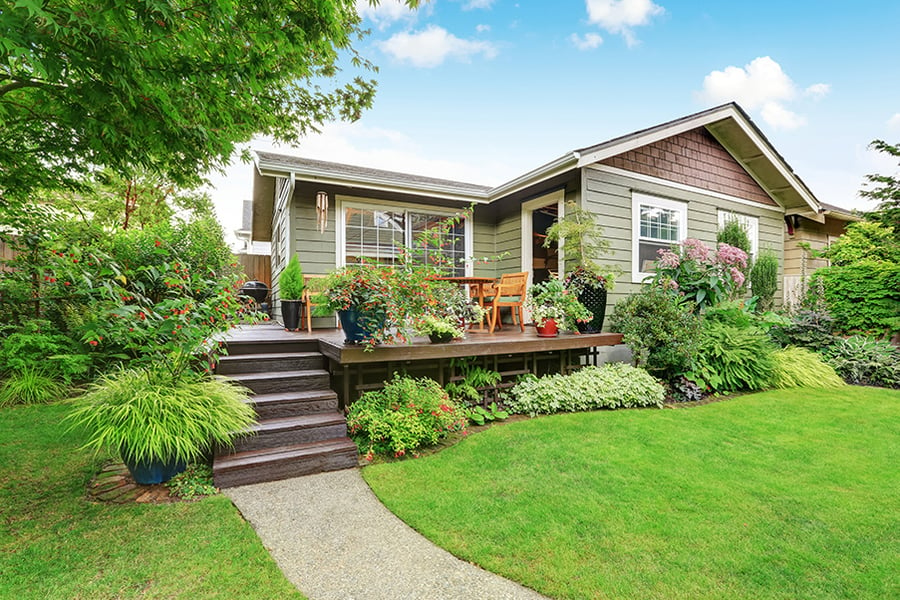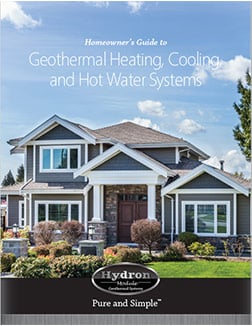It's no surprise that humidity is one of the largest contributing factors to the comfort of your home, especially in the thick of summer. Every time we shower, cook, or breathe, we are adding moisture to an already moisture-rich environment. Traditionally, in temperatures that are 50˚F or hotter, in-home relative humidity shouldn't exceed 50%. If your home seems to always be a tad on the musty side, knowing how in-home humidity works and the steps you can take to fix it is invaluable!

What is "Relative Humidity"?
Relative humidity is a measurement of the potential capacity of air to hold water relative to how much it is currently holding. This carrying capacity is all based on air temperature. For example, when the relative humidity is 100%, the air is holding all the moisture that it can at that temperature without precipitating. The range of comfortability is between 30% and 60% relative humidity. At 30% or lower, the air is too dry and can harm the home's structural integrity and put the homeowner at risk for certain health issues, particularly dry skin, and respiratory illnesses. Bacteria and viruses also thrive in a dry environment. At a relative humidity of 60% or more, the air is far too moist. These levels of indoor humidity are a breeding ground for mold and structural rot.
3 Ways To Manage Your Home's Humidity In The Summer
Use Those Exhaust Fans
This one is simple, but it's the first step in immediately removing the ambient humidity in the problem areas of your home. These fans are typically found in bathrooms, oven hoods, over-the-range microwaves, attached garages, and utility rooms. If it's not something you've checked before, make sure that the fans installed in your home are designed to draw the moist air out of the house. Many older models are simply used to distribute the moisture, steam, or smoke away from the homeowner, and not out of the house.
The general rule is to run exhaust fans for at least 15 minutes after the moisture-making activity has ceased in order to clear all humidity out of the room and the fan ductwork. Of course, this is all dependent upon the size of the room and the power of the fan. If you're someone who watches their electric bill - and we recommend you do - make sure that your vent fan is Energy Star approved.
Note: The exhaust fan should not be your home's only method of humidity management. That's the job of your AC unit. Read on if you feel like your AC unit isn't holding up its end of the deal!
Let Your Plants Play Outside
Trust us, we love house plants. Fiddle-leaf figs, peace lilies, and all those adorable succulents. However, your leafy friends need water, and that water has to go somewhere! It's common knowledge that plants use sunlight to convert carbon dioxide and water to sugar and oxygen during photosynthesis (shoutout to my 6th grade science teacher), but that mechanism isn't perfectly sealed. To absorb CO2, plants must open up little pores under their leaves called stomata. It's in this process that they let some water slip through the cracks.
The next time you decide to "wet your plants", take them outside and do it there! As long as you're not over-sunning them, and being gentle in the move from indoors to outdoors, they'll be totally fine and your house will thank you.
Run Your Air Conditioning
Part of the responsibility of your home's AC unit is to pull unwanted warm air and moisture out of the home to make you more comfortable. This is common knowledge, so when many people's homes get a little stuffy, they just crank the AC to lower-than-normal levels and temporarily fix the issue. This is a problem for a few reasons: This puts strain on an already strained system, it causes huge spikes in utility bills, and it's indicative of a system that isn't doing its job to begin with.
Enter geothermal heat pumps: the unsung heroes of the summer swelter! A properly sized geothermal cooling system will remove moisture more efficiently than traditional AC systems due to its ability to keep the entire house a more consistent temperature. This means that you don't have a system that is constantly playing catch-up, but is proactively removing excess heat and moisture all day long - all at an efficiency level far greater than a traditional unit.
A comfortable home during the summer months all starts with a properly installed, efficient, and reliable heating and cooling system. If you're still on the fence about what system to choose, download our free guide to geothermal!


